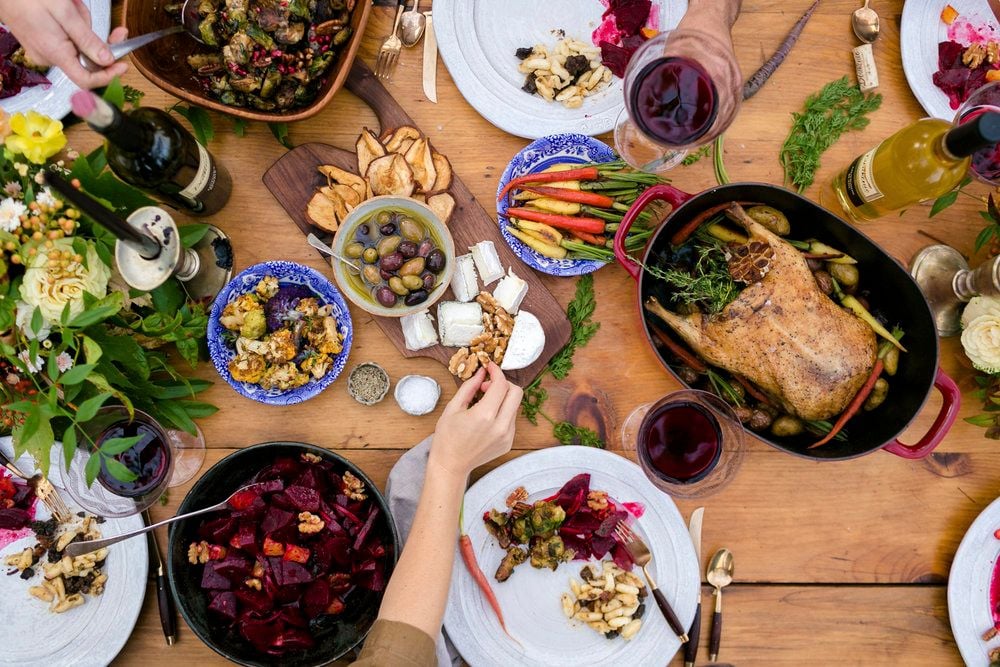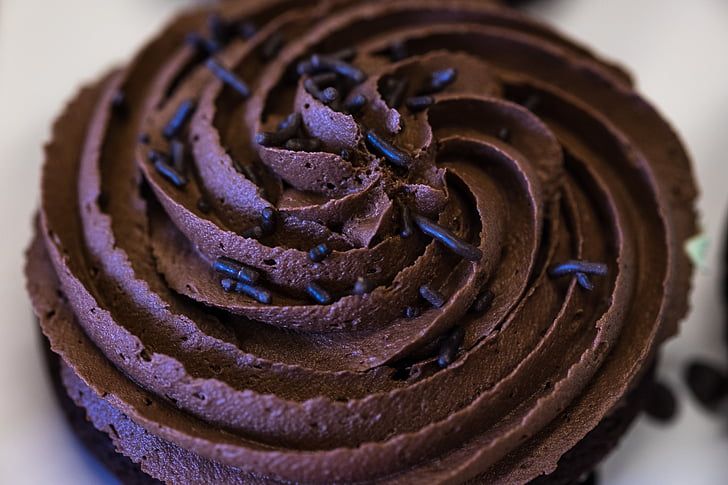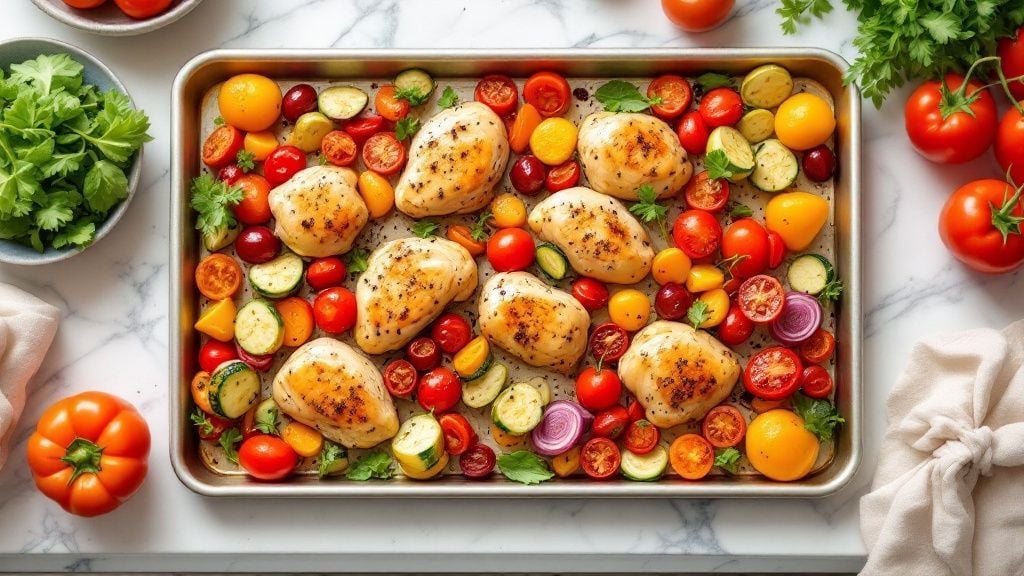
A Home Cook's Guide to Perfect Asparagus Every Time
- May 15, 2024
No one can deny the allure of spring's freshest root, asparagus. This vegetable wins hearts whether it's starring in a pasta or frittata, but its full glory shines when it takes center stage as an unaccompanied side dish. The trick lies in a properly executed cooking method and a touch of seasoning, enabling you to get asparagus from the pan to plate quickly. The downside to its rapid cooking is that it's quite easy to overcook, resulting in a mushy and chewy texture. Since the asparagus season is quite short, we're here to provide you with a complete guide to achieving perfectly crisp, and juicy asparagus, whether you choose to blanch, sauté, roast, or grill them.
First things first, unwanted fibrous, woody ends are often found in most asparagus stalks - it's best to discard them. Align them on a cutting board for a more accurate cut with a knife as snapping them could remove the edible parts too. The woody parts are usually seen fading from green to white.
While peeling asparagus isn't a necessity, doing so maximizes the tenderness if your asparagus stalks are thick. Start by trimming the woody ends, then peel halfway up from the tip to the root using a vegetable peeler, leaving the tips unpeeled. Be careful with thin asparagus stalks, laying them flat before peeling to prevent breakage.
Take note that asparagus arrives in supermarkets and farmers markets from April to early June. Its season on the West Coast usually starts earlier, ranging from February to May. However, its peak season on the East Coast lasts in May and June. When shopping for asparagus, opt for firm, crisp stalks with completely closed buds.
The size of the asparagus corresponds to the plant's age - thinner spears come from young plants, and thicker ones from older, more mature plants. Choose thicker varieties if you plan on roasting in the oven at 425°F. Lightly season them with salt and pepper and a sprinkle of olive oil before roasting for about eight to 12 minutes.
Meanwhile, thinner or medium asparagus are best for sautéing. Cut them into one-inch pieces and toss them in a skillet with some oil or butter. Sauté them on medium heat for three to six minutes or until they turn a bright green hue. Again, thinner spears cook faster.
Steaming is another excellent way to cook asparagus. Just ensure to trim off the woody ends and steam them in a pot with an inch of boiling water for three to five minutes. Removing excess water with a paper towel is recommended afterward.
Be sure to save grilling for medium or thick asparagus to avoid over-browning. Preheat a grill pan to high, brush the asparagus with oil, season, and grill for about five minutes. Alternatively, you could use your broiler.
Blanching is excellent for preserving the rich green color of your stalks. Cook in a pot of boiling salted water for one to two minutes, transfer them to a bowl of ice water until completely cool, then drain.
You can verify if your asparagus is cooked through by using a fork - it should insert easily without force. As a rule of thumb, it's better to undercook it a tad, as it continues to cook once it's off the heat. Although raw asparagus is completely safe for consumption, we highly recommend cooking it for a more palatable experience. If you prefer to serve it raw, try thinly slicing some fresh asparagus and dressing it with olive oil, lemon juice, and salt for a simple salad. Asparagus can be stored in an upright jar with an inch of water, refrigerated, and covered with a plastic bag for up to four days.






